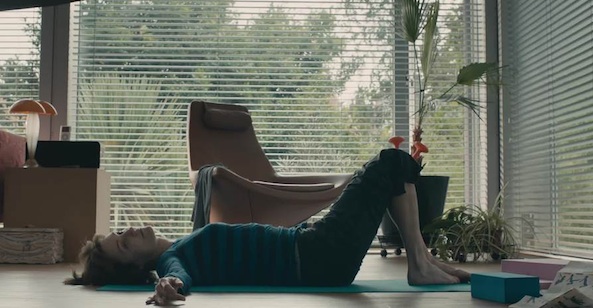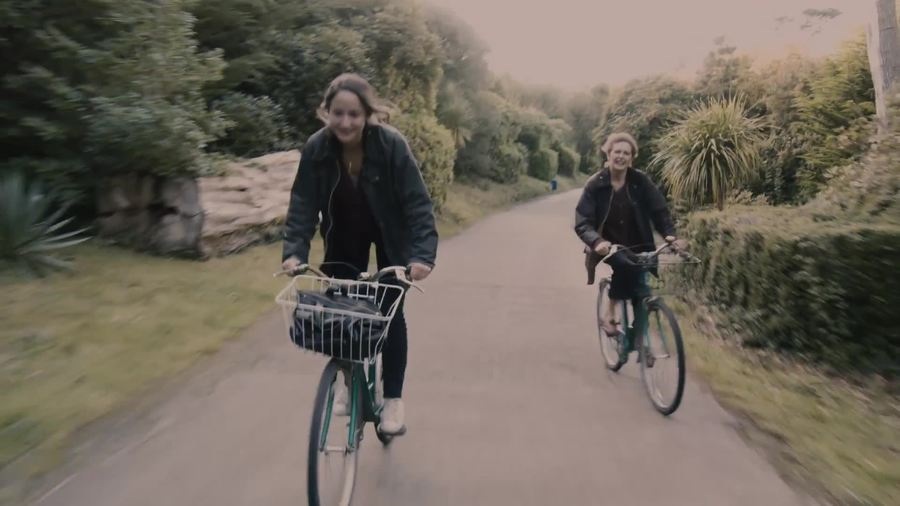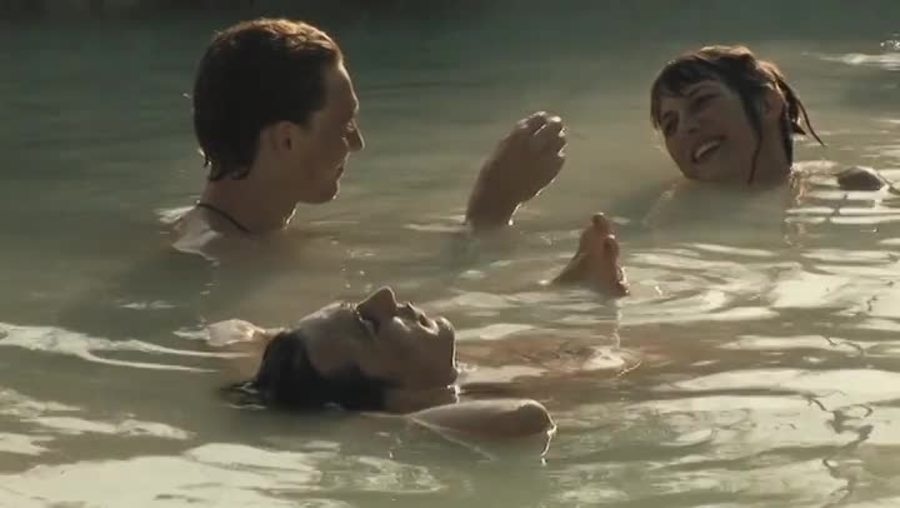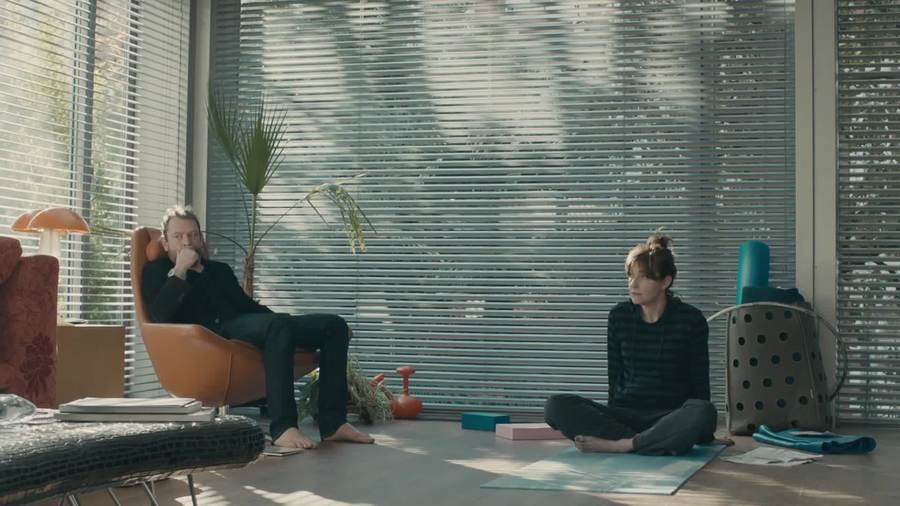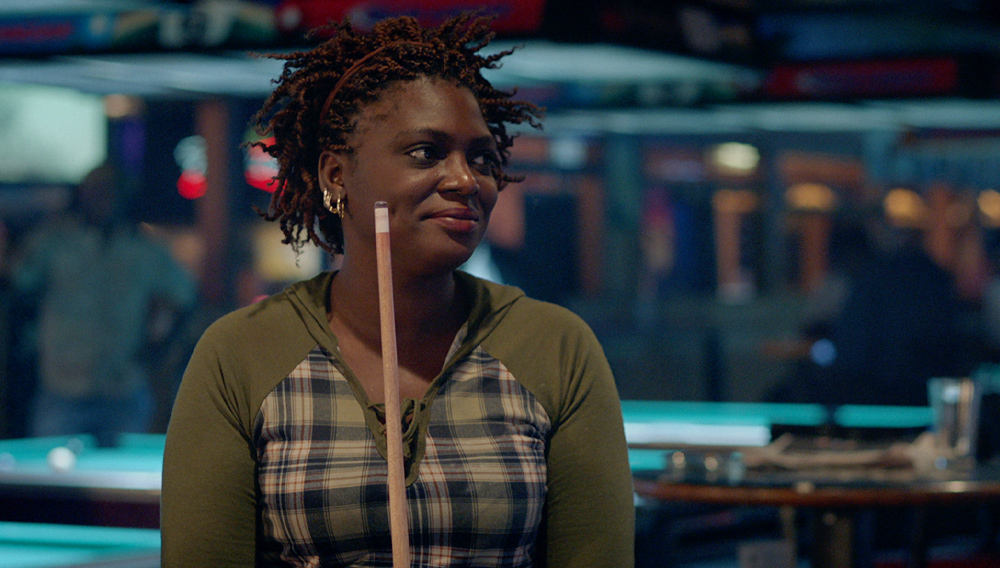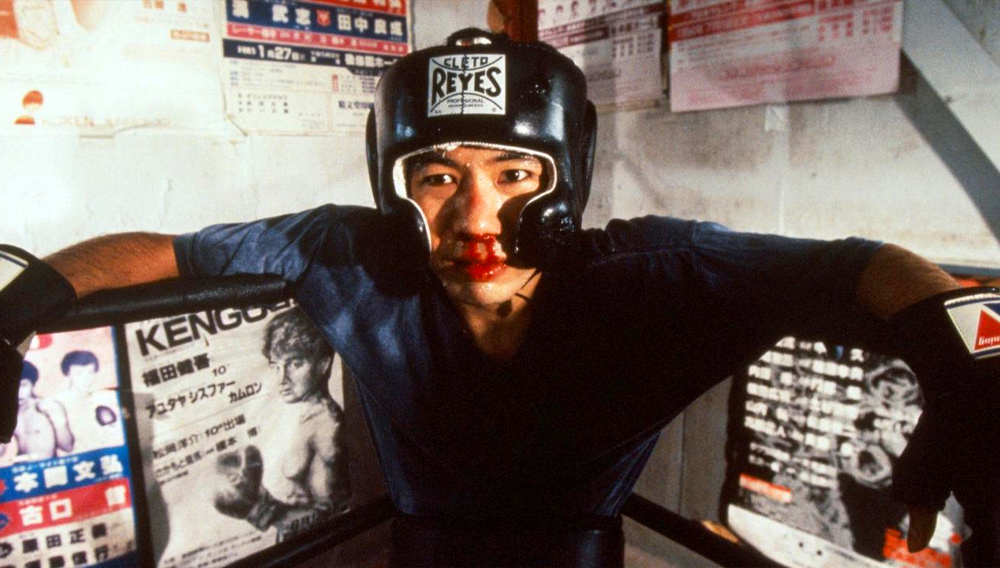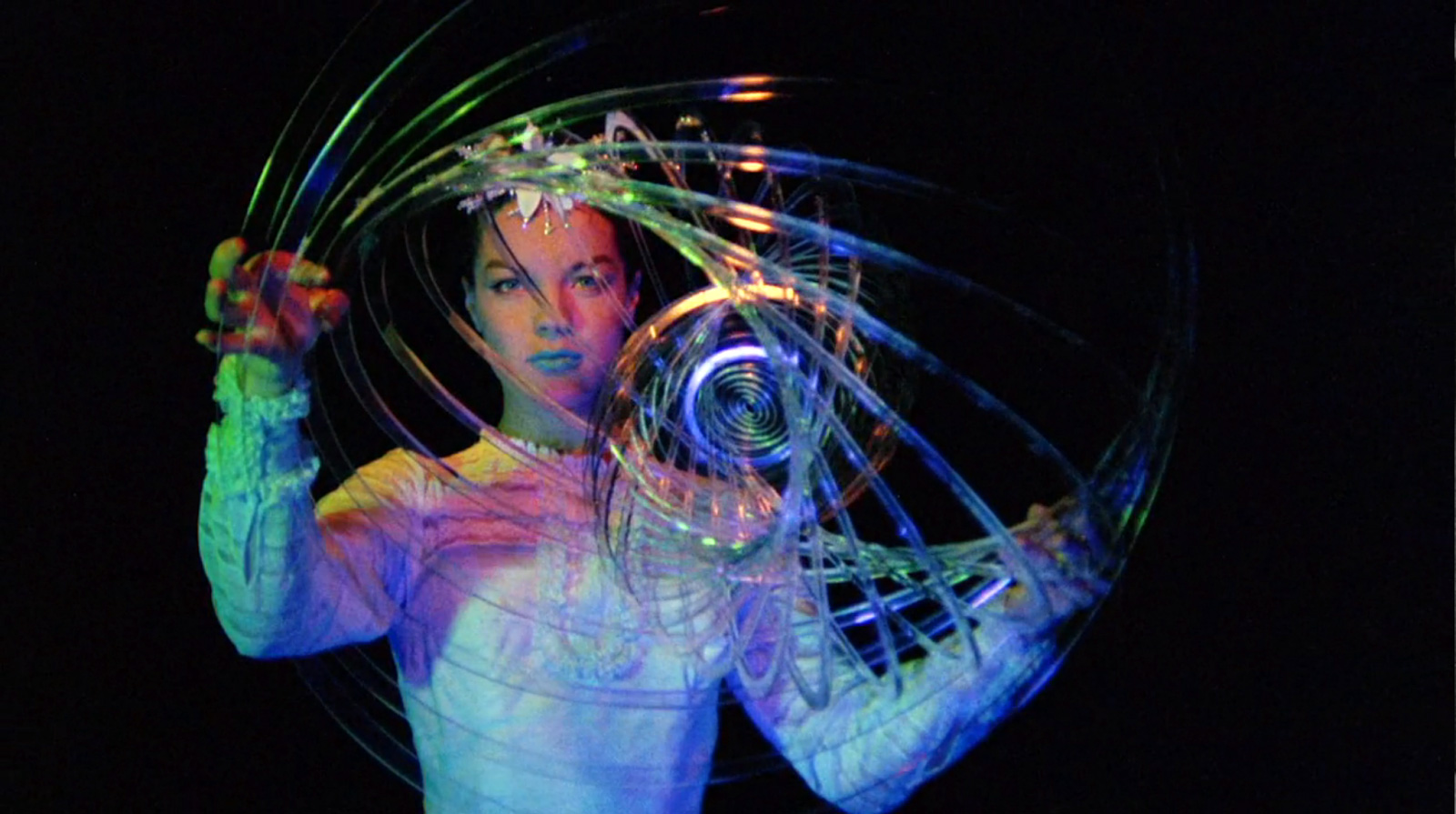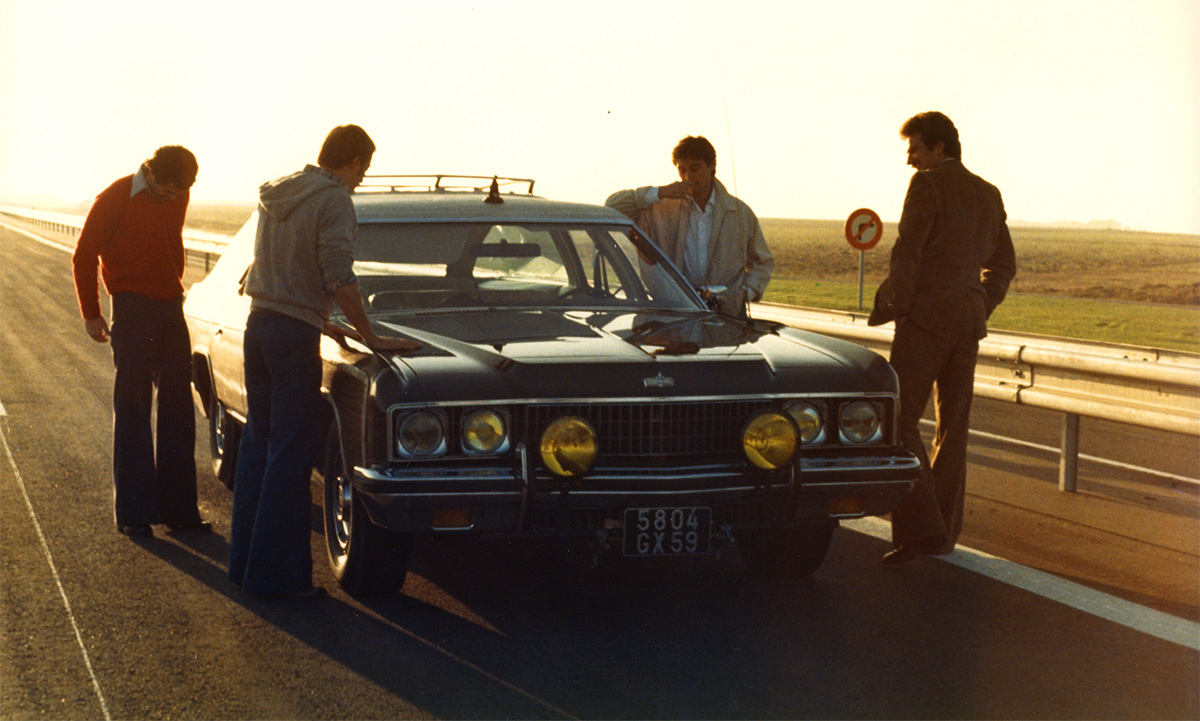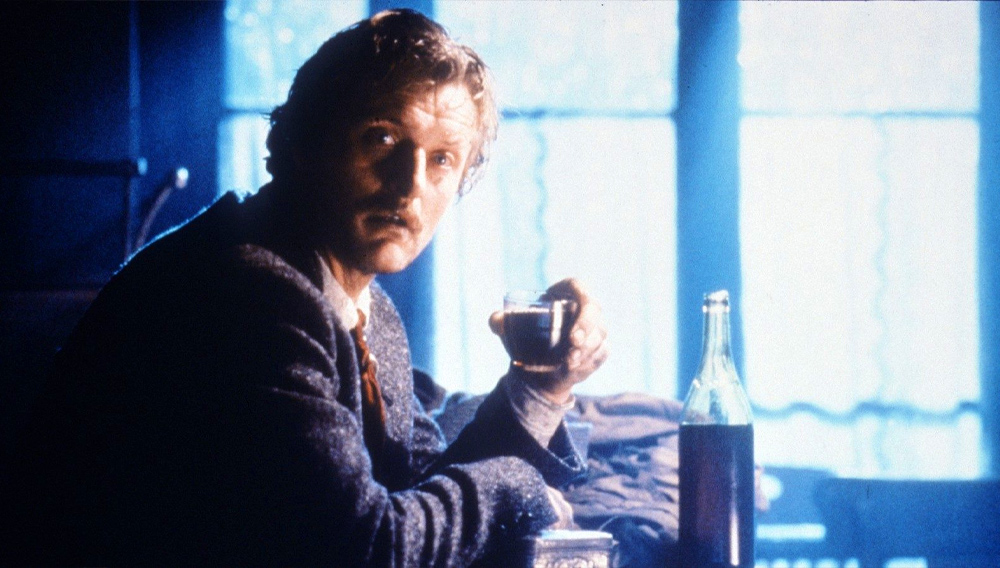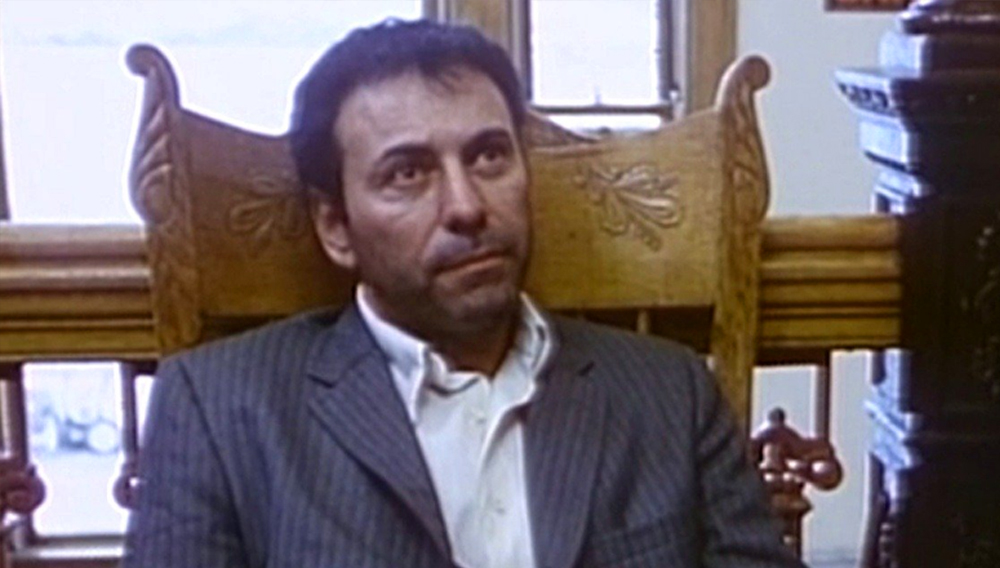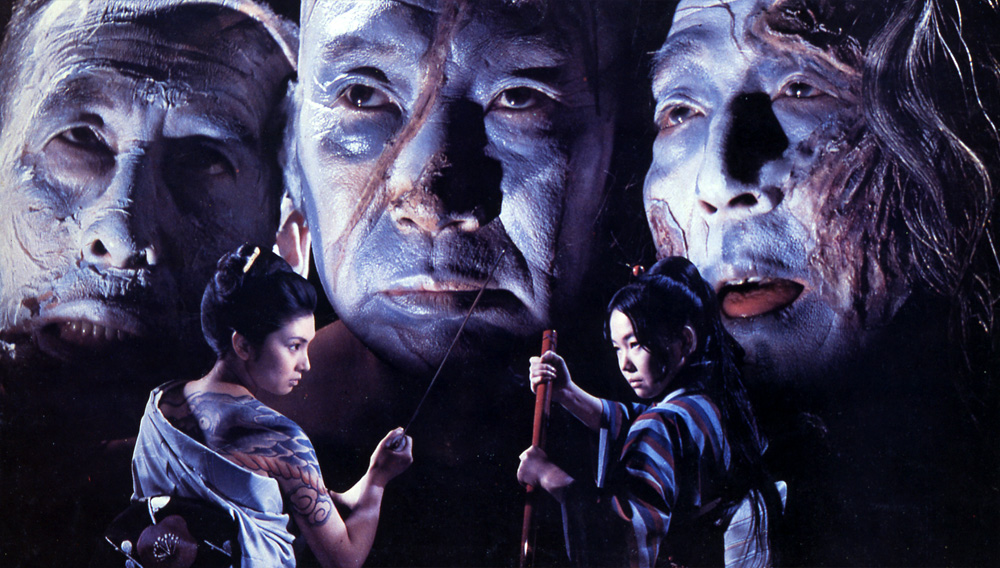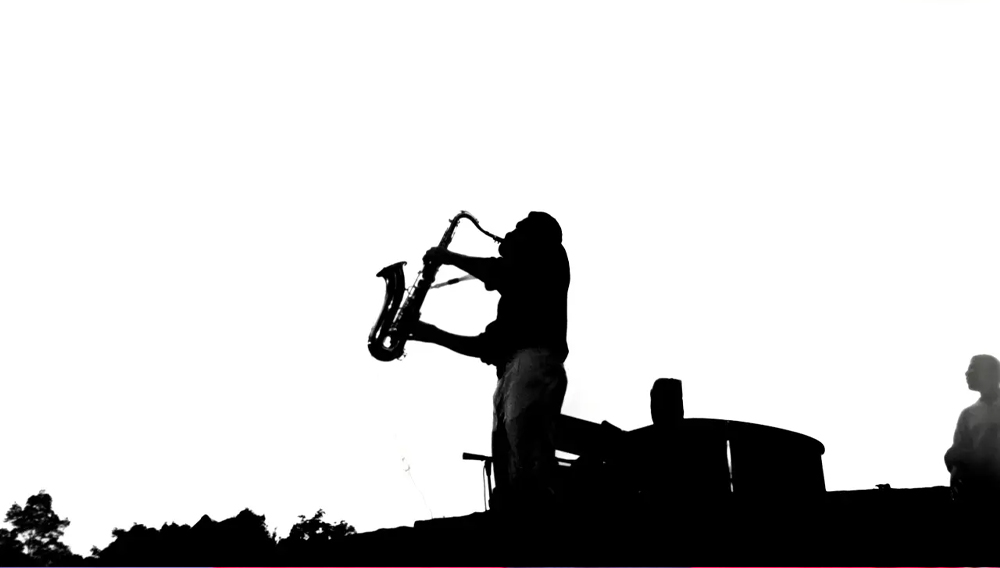“I’m not just interested in actors. I’m interested in people,” the British filmmaker Joanna Hogg says. “I think less about interpretation of characters than I do about what performers can bring of themselves to their roles. I ask a lot of the actors in my films—to reveal themselves without fear, primarily, including their less flattering aspects.”
Hogg’s third and most recent completed feature film, Exhibition (2013), received its U.S. theatrical premiere run last year, as did her two previous films, Unrelated (2007) and Archipelago (2010). The runs came after the three films—all quiet, carefully observed dramas that study the distances built into human relationships—were picked up for U.S. distribution by Kino Lorber; Hogg’s films are now available for viewing on this site.
The people in these films roam through large rooms together in search of their own unique landing spots. In Unrelated, a woman (played by Kathryn Worth) approaching her forties visits a friend’s family members at their Tuscan country home in refuge from her private domestic problems. Archipelago presents a family unit of a mother and two adult children fraying from internecine feuds and jealousies while still striving to stay close-knit during a holiday taken in the Isles of Scilly. Exhibition focuses on a middle-aged couple’s artist members who decide to move out of their West London modernist home after spending several years there and express divergent feelings about their choice.
“I aimed to be less linear in my storytelling this time out,” Hogg says, “and use dreams and memories to ask how much a home can contain of our lives.” Over the course of Exhibition’s fragmented, sometimes surrealistic scenes, the male conceptual artist named “H” thrusts his arms out and speaks about how the move shows their freedom to do what they want in life. Meanwhile, the female performance artist, called “D,” lingers over her memories of time spent in the home—built decades prior for its architect and his wife—and curls herself up in a variety of positions around it, as though she were attached.
The casts in Hogg’s films consist largely of unknown actors (including Tom Hiddleston, a performer in all three films whose screen debut came in Unrelated). Exhibition’s two leads were new both to cinema and to each other. The musician Viv Albertine and the artist Liam Gillick, neither of whom had acted in a film before, met each other just a few days before shooting began. “I didn’t know what their chemistry was going to be like,” Hogg says, “and not knowing that excited me.”
The actors give a believable impression of a couple: Two people awkwardly struggling to create shared ground while also trying to maintain their own spaces. Hogg worked with them on ways to move through different parts of the home, whether within H and D’s separate offices or up and down the gray metal spiral staircase at the house’s center. “I wanted to give the sense of their being at the mercy of the place, almost its victims,” she says, “and at the same time, comfortable in it.”
Like in Hogg’s other films, the actors often appear at a distance and play their scenes within static frames. “To me, shooting this way has a reassuring effect,” Hogg says. “I think that the actors lose a lot of anxiety when they realize that I’m interested in them in their entirety. They become much more free to move around.”
The result, for some viewers, can seem clinical and cold; for others, it can yield surprising emotions. As characters do their best to hide how they feel, we watch them finding their feelings exposed to each other and dropping their guards accordingly. Exhibition’s two figures end up moving closer together over the course of the film, in seeming preparation for moving out—some of which could belong to D’s dreams, and some of which could actually be her and H coming together for life’s next phase. The film leaves open what will happen to them in their new home.
And as to why those two letters for names? Hogg says, “When we see names that we recognize, we might think about people we know with them. I aimed to reach something less realistic than imaginary, and do away with associations.”
Aaron Cutler keeps a film criticism website, The Moviegoer, at http://aaroncutler.tumblr.com.

